Key Takeaways
- Grays with brown undertones offer a unique, earthy color palette
- These hues create a warm, inviting atmosphere in any space
- Understanding color theory enhances your ability to use these tones effectively
- Lighting plays a crucial role in how these colors appear
- Combining grays and browns can create a sophisticated, natural look
- These colors work well in both modern and traditional design styles
- Texture and material choice greatly impact the appearance of these hues
- Seasonal trends influence the popularity of specific gray-brown shades
The world of color design is a fascinating realm, filled with endless possibilities and striking color combinations. Among the most appealing trends in interior design are grays with brown undertones, often called greige or taupe. This sophisticated color palette, inspired by the natural beauty of driftwood weathered by the sea, provides a unique mix of warmth and coolness. Such versatile hues can effortlessly elevate the ambiance of any room, making them a popular choice for home decor and modern interior spaces.
They whisper stories of nature’s patience, of time’s gentle touch, and of the subtle beauty found in the most unexpected places. As we embark on this colorful journey, we’ll explore the depths of these versatile shades, uncovering their secrets and learning how to harness their power in our own lives and spaces.

The Essence of Driftwood Hues
At the heart of our exploration lies the essence of driftwood hues – those captivating grays with brown undertones that have captured the imagination of designers and color enthusiasts alike. These colors are nature’s neutral, born from the interplay of sun, sea, and time.
The Science of Color Perception
Our perception of color involves a complex interplay of light, optics, and neurological processes. When we observe gray paint colors with brown undertones, our eyes detect subtle differences in hue, saturation, and value. These brown undertones introduce warmth to an otherwise cool gray shade, resulting in greater depth and a richer, more inviting appearance.
This complexity is part of what makes these colors so intriguing. They can appear differently depending on the light, the surrounding colors, and even the viewer’s own color perception. It’s a dance of wavelengths and neurons that results in the beautiful, nuanced shades we see.
The Psychology Behind Earthy Tones
Colors significantly influence our emotions and behavior, and earthy tones such as gray with brown undertones are a perfect example. These natural paint colors are commonly linked to stability, reliability, and a strong connection to nature. They often evoke feelings of comfort and groundedness, making them an excellent choice for designing calming, inviting, and welcoming spaces in your home.
Psychologists have found that these earthy hues can help reduce stress and anxiety, promoting a sense of balance and harmony. In a world that often feels chaotic and fast-paced, surrounding ourselves with these colors can provide a much-needed sense of tranquility and rootedness.
Historical Use of Gray-Brown Shades
The use of gray-brown shades in art and design is not a new phenomenon. These colors have been appreciated for centuries, appearing in everything from ancient cave paintings to Renaissance masterpieces. In many cultures, these earthy tones were derived from natural pigments and held significant symbolic meaning.
During the Arts and Crafts movement of the late 19th and early 20th centuries, there was a renewed appreciation for these natural hues. Designers and architects embraced them as part of a return to simplicity and craftsmanship. Today, we continue to draw inspiration from this rich history, finding new ways to incorporate these timeless colors into our modern lives.
The Spectrum of Driftwood Colors
The world of grays with brown undertones is far more diverse than one might initially imagine. This spectrum encompasses a wide range of shades, each with its own unique character and charm.
Cool Grays with Subtle Brown Notes
On one end of the spectrum, we find cool grays with just a whisper of brown. These colors often have a sophisticated, modern feel. They might remind you of smooth pebbles in a stream or the bark of a silver birch tree. These shades can create a sense of spaciousness and calm in a room, while the subtle brown undertones add just enough warmth to keep the space from feeling cold or sterile.
I once worked on a project where we used a cool gray with faint brown undertones in a minimalist living room. The color shifted beautifully throughout the day, sometimes appearing almost blue in the morning light, then warming up as the sun set. It created a dynamic, ever-changing backdrop that kept the space feeling fresh and interesting.
Warm Browns with Gray Influence
Moving along the spectrum, we encounter warm browns that have been kissed by gray. These colors evoke images of well-worn leather, aged wood, or rich soil. They bring a sense of coziness and comfort to a space, wrapping you in their earthy embrace.
I remember visiting a rustic cabin in the mountains that made brilliant use of these warm brown-grays. The walls were painted in a shade that reminded me of coffee with just a touch of cream. It created such a welcoming atmosphere that I found myself instantly relaxed, as if the color itself was inviting me to slow down and enjoy the moment.
The Perfect Balance: True Driftwood Tones
At the heart of our spectrum lie the true driftwood tones – those perfect balances of gray and brown that capture the essence of weathered wood. These colors are chameleons, sometimes leaning more gray, sometimes more brown, depending on the light and what surrounds them.
I once saw these colors used to stunning effect in a coastal home. The designer had chosen a driftwood-inspired palette for the entire house, using different shades to create subtle transitions from room to room. The result was a space that felt cohesive and natural, as if the house had grown organically from the beach it overlooked.

The Art of Color Mixing
Understanding how to mix and create these captivating hues is an art form in itself. Whether you’re a painter, a designer, or simply someone who loves to experiment with color, mastering the art of color mixing can open up a world of possibilities.
Basic Color Theory for Gray-Brown Tones
At its core, creating grays with brown undertones involves combining primary colors in specific ratios. Typically, you’ll start with a base of black and white to create gray, then add small amounts of yellow and red (or a pre-mixed brown) to warm it up. The key is to add these warm colors gradually, as a little goes a long way.
It’s also important to understand the concept of complementary colors. The complement of brown is blue, which means that adding a tiny touch of blue to your mix can actually enhance the brown tones, creating more depth and richness in your final color.
Exploring Pigments and Their Interactions
Different pigments can interact in unexpected ways, leading to fascinating results. For example, some earth pigments like raw umber or burnt sienna can create beautiful gray-brown tones when mixed with blue or black. Experimenting with various pigments can help you discover unique shades that you might not find in a standard color chart.
I once spent an afternoon in an art supply store, chatting with a knowledgeable staff member about pigments. She showed me how different brands of the same color could produce slightly different results, and how some pigments had a natural gray or brown undertone that could be enhanced or subdued depending on what you mixed them with. It was a fascinating lesson in the complexity and beauty of color.
Digital Color Creation and Matching
In our digital age, creating and matching colors often happens on a screen rather than a palette. Many digital color tools allow you to input specific RGB or CMYK values to create precise shades. Some even have color matching features that can help you recreate a color you’ve seen in the real world.
However, it’s important to remember that colors can appear differently on screen than they do in print or on a painted wall. Always test your colors in the intended environment before committing to them. I learned this lesson the hard way when I once chose a paint color based solely on how it looked on my computer screen. What I thought was a perfect driftwood gray ended up looking decidedly purple on my living room walls!
Lighting and Its Impact on Perception
One of the most crucial factors in how we perceive color is lighting. The same shade of gray-brown can look dramatically different under various lighting conditions, making it essential to consider illumination when working with these hues.
Natural Light vs. Artificial Light
Natural light changes throughout the day, altering how colors appear. A gray-brown that looks warm and inviting in the golden light of sunset might appear cooler and more subdued in the harsh light of midday. North-facing rooms tend to receive cooler light, while south-facing rooms get warmer light.
Artificial light also plays a significant role. Incandescent bulbs cast a warm glow that can enhance the brown undertones in these colors. In contrast, cool LED lights might bring out more of the gray. Fluorescent lighting can be particularly tricky, often casting an unflattering green tinge that can make gray-browns look muddy.
The Time of Day Factor
The angle and quality of light change as the sun moves across the sky, creating a dynamic color experience throughout the day. A room painted in a driftwood hue might feel cozy and intimate in the soft light of early morning, bright and airy at midday, and richly textured in the golden hour before sunset.
I once visited a friend’s home where she had painted her bedroom in a beautiful gray with subtle brown undertones. She told me that choosing the color had been a weeks-long process of observing how different samples looked at various times of day. The result was a color that looked beautiful around the clock, shifting subtly but always maintaining its serene, earthy character.
Color Temperature and Its Effects
The color temperature of light, measured in Kelvin, can significantly impact how we perceive gray-brown tones. Warm light (around 2700K-3000K) will enhance the brown undertones, making the color feel cozier. Cool light (4000K and above) will bring out more of the gray, potentially making the space feel larger and more modern.
Understanding color temperature can help you choose the right lighting to complement your color scheme. For example, if you want to create a warm, intimate atmosphere in a room painted in a cool gray-brown, you might opt for warm-toned light bulbs or add warm accent lighting to balance the cool undertones in the paint.
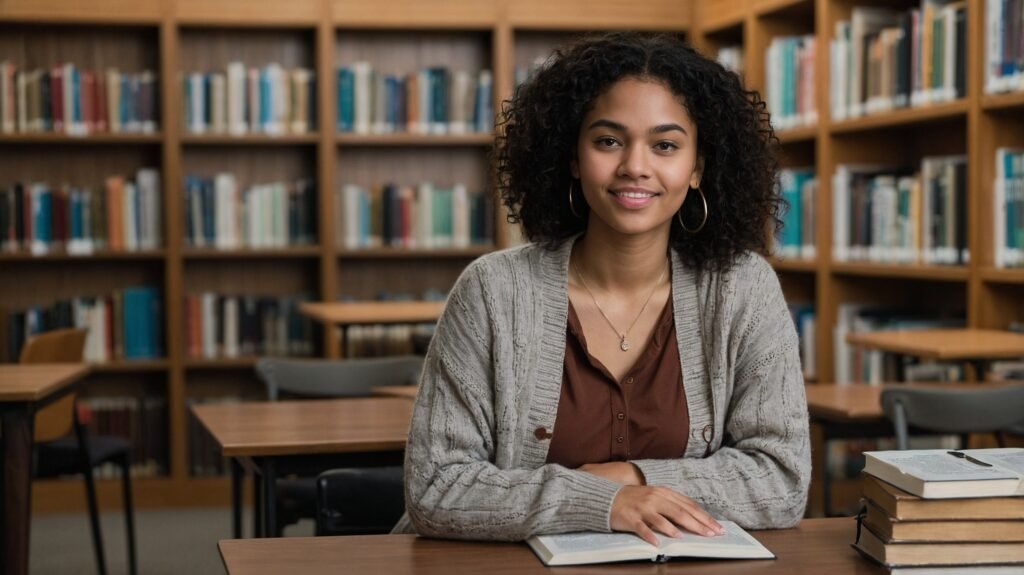
Incorporating Driftwood Hues in Interior Design
Grays with brown undertones offer a versatile palette for interior design, suitable for a wide range of styles and spaces. Their neutral yet nuanced nature makes them an excellent choice for creating sophisticated, harmonious interiors.
Creating a Cohesive Color Scheme
When working with driftwood hues, it’s important to consider the overall color scheme of your space. These colors work well as a neutral base, allowing you to introduce pops of color through accessories and accent pieces. They also pair beautifully with other earth tones, creating a layered, natural look.
One approach is to use a monochromatic scheme, varying the lightness and darkness of your chosen gray-brown to create depth and interest. Another option is to pair these hues with complementary colors like soft blues or greens, which can enhance the natural, organic feel of the space.
Balancing Warm and Cool Tones
The beauty of grays with brown undertones lies in their ability to bridge the gap between warm and cool color palettes. By carefully balancing these elements, you can create a space that feels both inviting and refreshing.
For example, in a living room with cool gray-brown walls, you might add warmth through rich wooden furniture, amber-toned lighting, and textiles in warm hues like rust or terracotta. Conversely, in a bedroom with warm gray-brown walls, you could introduce cooler elements through crisp white bedding, silver-toned hardware, or artwork featuring cool blues and greens.
Textural Considerations
Texture plays a crucial role in how we perceive color. Different textures can make the same color appear lighter or darker, more muted or more vibrant. When working with driftwood hues, consider incorporating a variety of textures to add depth and interest to your space.
Rough textures like natural linen or raw wood can enhance the earthy, organic feel of these colors. Smooth, glossy surfaces like polished stone or sleek metal can create an interesting contrast, adding a touch of sophistication. Don’t be afraid to mix and match – the interplay of different textures can bring your color scheme to life in unexpected ways.
Driftwood-Inspired Color Palettes
The versatility of grays with brown undertones makes them an excellent starting point for creating a wide range of color palettes. Whether you’re aiming for a serene, natural look or a bold, dramatic statement, these hues can serve as a beautiful foundation.
- Coastal Calm: Pair driftwood grays with soft blues and sandy beiges for a relaxing, beach-inspired palette
- Woodland Retreat: Combine gray-browns with deep greens and rich earth tones for a cozy, forest-like atmosphere
- Urban Sophistication: Mix cool gray-browns with charcoal and crisp white for a modern, city-chic vibe
- Desert Sunset: Blend warm gray-browns with terracotta and golden yellows for a sun-baked, southwestern feel
- Misty Mountain: Use a range of gray-browns from light to dark, accented with soft purples and blues
- Industrial Chic: Pair cool gray-browns with metallic accents and pops of bright color for an edgy, contemporary look
- Zen Garden: Combine soft gray-browns with pale greens and creamy whites for a tranquil, minimalist palette
- Rustic Elegance: Mix warm gray-browns with deep reds and burnished golds for a rich, traditional feel
- Nordic Simplicity: Use light gray-browns with pale woods and black accents for a clean, Scandinavian-inspired look
- Autumn Harvest: Blend gray-browns with warm oranges and deep yellows for a cozy, seasonal palette
The Psychology of Color in Fashion
The use of grays with brown undertones extends beyond interior design into the world of fashion, where these versatile hues can create a range of looks and evoke different emotions.
Conveying Sophistication and Timelessness
In the fashion world, gray-brown tones are often associated with sophistication and timelessness. These colors have a quiet elegance that never goes out of style. A well-tailored suit in a subtle gray-brown can exude confidence and professionalism, while a flowing dress in a similar hue can be both romantic and refined.
These colors also have the advantage of being incredibly versatile. A gray-brown sweater, for example, can be dressed up with sleek black trousers for a night out, or paired with jeans for a more casual look. This versatility makes pieces in these colors excellent investments for a capsule wardrobe.
Emotional Responses to Earthy Hues
The emotional responses evoked by gray-brown tones in fashion are often linked to their associations with nature. These colors can make us feel grounded, calm, and connected to the earth. Wearing these hues can be comforting, like wrapping yourself in the quiet beauty of a misty forest or a windswept beach.
However, the specific emotional response can vary depending on how the color is used. A light, warm gray-brown might feel soft and nurturing, while a darker, cooler shade could come across as more mysterious or dramatic. The cut and texture of the garment also play a role – a structured jacket in a gray-brown tweed might feel authoritative, while a flowing silk blouse in a similar color could feel sensual and feminine.
Cultural Significance of Gray-Brown in Clothing
The cultural significance of gray-brown tones in clothing varies across different societies and time periods. In many Western cultures, these colors are often associated with practicality and durability – think of the earthy tones of work wear or military uniforms. This association can lend a sense of reliability and strength to clothing in these hues.
In some Eastern cultures, earth tones like gray-browns are linked to concepts of harmony and balance. They’re often used in traditional clothing for their ability to blend seamlessly with the natural environment. In contemporary global fashion, these colors are often embraced for their ability to transcend trends and cultural boundaries, making them a popular choice for international brands seeking a universal appeal.
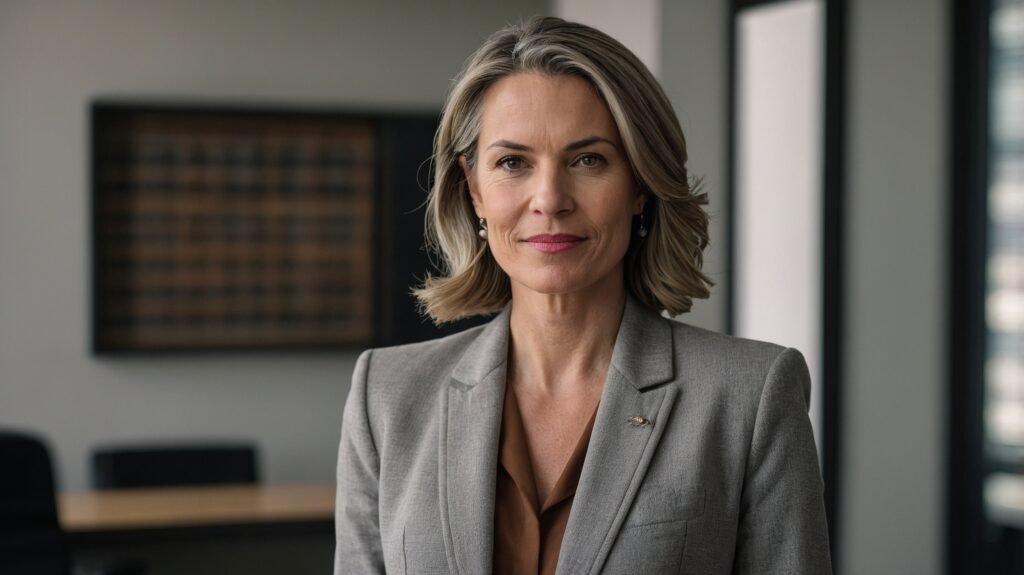
Driftwood Colors in Nature and Architecture
The inspiration for grays with brown undertones often comes directly from the natural world, where these colors appear in myriad forms. From the weathered wood of old barns to the smooth stones of riverbeds, nature provides an endless palette of gray-brown hues.
Biomimicry in Design
Biomimicry, the practice of emulating nature’s time-tested patterns and strategies, has found a place in color design. Architects and designers often look to natural gray-brown tones when creating buildings and spaces that harmonize with their surroundings. This approach not only creates visually pleasing results but can also contribute to the psychological comfort of those using the space.
For example, a modern office building might use gray-brown cladding to blend with an urban landscape, while a rural retreat could incorporate these colors to echo the surrounding forest or desert. By mimicking the colors found in nature, designers can create spaces that feel instinctively “right” to the human eye and psyche.
Weathering and Patina in Materials
One of the most beautiful aspects of gray-brown tones in architecture is how they can change over time. Many natural materials, like wood and metal, develop a patina as they age, often shifting towards these earthy hues. This process can add character and depth to a building, telling the story of its life through color.
Consider the way copper turns from a bright orange to a muted gray-green over years of exposure to the elements, or how silver develops a warm, gray-brown tarnish. These natural aging processes can be embraced and even accelerated in design, creating instant history and warmth in new constructions.
Sustainable Color ## Sustainable Color Choices and Their Impact
In today’s environmentally conscious world, the choice of colors in design and fashion isn’t just about aesthetics – it’s also about sustainability. Grays with brown undertones offer some interesting advantages in this realm.
Eco-Friendly Pigments and Dyes
Many gray-brown tones can be created using natural, eco-friendly pigments and dyes. These might come from sources like walnut husks, tea, or even mud. Using these natural colorants not only reduces the environmental impact of color production but also creates unique, subtle variations in shade that synthetic dyes can’t match.
I once visited a small textile workshop where they were experimenting with natural dyes to create a range of gray-brown fabrics. The artisan showed me how different mordants (fixing agents) could dramatically change the final color, turning the same dye bath into shades ranging from cool, silvery gray to warm, reddish brown. It was a fascinating glimpse into the complexity and beauty of natural color creation.
Longevity and Timelessness in Design
One of the most sustainable choices we can make is to create and purchase items that will last. Grays with brown undertones have a timeless quality that makes them ideal for long-lasting design. A sofa in a subtle gray-brown is less likely to look dated after a few years than one in a trendy, bright color.
This longevity extends to fashion as well. Clothing in these earthy tones tends to remain stylish year after year, reducing the need for frequent replacements. I have a gray-brown wool coat that I’ve owned for over a decade, and it still looks as chic and relevant as the day I bought it. It’s become a true wardrobe staple, proving the enduring appeal of these versatile hues.
The Role of Color in Reducing Waste
Interestingly, the choice of color can play a role in reducing waste in unexpected ways. Light colors show dirt more easily, potentially leading to more frequent washing or replacement. Dark colors can fade quickly in sunlight. Gray-brown tones, however, strike a balance – they’re dark enough to hide minor stains but light enough to resist obvious fading.
In interior design, these colors can also help reduce energy consumption. Light gray-browns reflect more light than darker colors, potentially reducing the need for artificial lighting. At the same time, they absorb more heat than pure white, which can help with temperature regulation in both hot and cold climates.
The Future of Driftwood Hues in Design Trends
As we look to the future, it’s clear that grays with brown undertones will continue to play a significant role in design trends. Their versatility and timeless appeal make them a perennial favorite, but we’re likely to see some exciting new interpretations and applications.
Technological Advancements in Color Creation
Emerging technologies are opening up new possibilities in color creation and application. Digital color matching tools are becoming increasingly sophisticated, allowing designers to capture and replicate exact shades from nature or other sources. This could lead to an explosion of subtle variations in gray-brown tones, each with its own unique character.
Nanotechnology is another field that could revolutionize how we use color. Imagine paints that could slightly shift their hue in response to changes in temperature or lighting conditions, or fabrics that could alter their color with the press of a button. While these technologies are still in their infancy, they hint at a future where our relationship with color becomes much more dynamic and interactive.
Shifting Cultural Perceptions of Color
As our world becomes increasingly interconnected, we’re seeing a blending of color preferences and meanings across cultures. This global exchange is likely to lead to new and exciting interpretations of gray-brown hues. For example, we might see these earthy tones paired with vibrant colors inspired by traditional textiles from around the world, creating fresh and unexpected palettes.
There’s also a growing appreciation for the subtle and understated in many parts of the world. This shift could lead to an increased focus on the nuanced variations within the gray-brown spectrum, with designers and consumers alike developing a more refined eye for these complex hues.
Biophilic Design and Nature-Inspired Palettes
The concept of biophilic design – incorporating natural elements into our built environments – is gaining traction in architecture and interior design. As this trend continues to grow, we’re likely to see an increased use of nature-inspired color palettes, including a wide range of gray-brown tones.
These colors might be used in innovative ways to create a sense of connection with the natural world, even in urban environments. For example, we might see office buildings with color schemes that subtly shift from floor to floor, mimicking the gradual color changes you might see while climbing a mountain or walking through a forest.
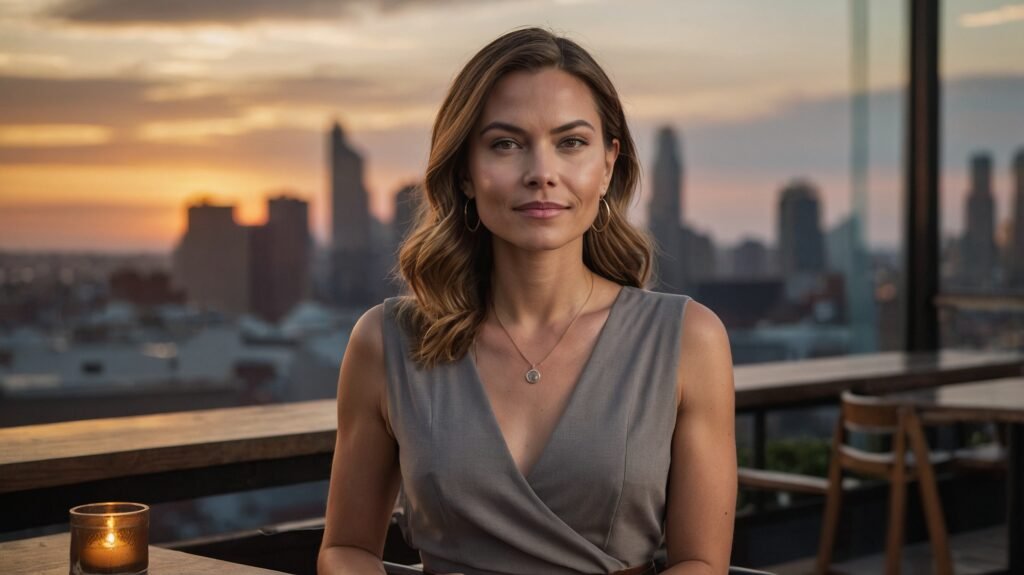
Practical Applications: DIY with Driftwood Colors
For those inspired to incorporate these beautiful hues into their own spaces, there are numerous DIY projects that can bring the warmth and sophistication of driftwood colors into your home.
Painting Techniques for Achieving the Perfect Shade
Achieving the perfect gray-brown can be a bit of an art form, but with some practice, anyone can master it. One technique is to start with a base of gray and gradually add small amounts of brown until you reach the desired hue. Remember, it’s always easier to add more color than to subtract it, so go slowly and test your mix frequently.
Another approach is to use a layering technique. Start with a coat of gray, then apply a watered-down brown wash over it. This can create beautiful depth and variation in the color. You can also try dry brushing a lighter or darker shade over your base color to create a weathered, driftwood-like effect.
Upcycling Furniture with Gray-Brown Tones
Upcycling old furniture is a great way to incorporate driftwood hues into your decor while also being environmentally friendly. An old wooden dresser can be transformed with a coat of gray-brown paint, instantly giving it a sophisticated, modern look. For a more rustic feel, you could try a distressing technique to let some of the original wood show through.
Metal furniture can also benefit from this color palette. A coat of gray-brown spray paint can turn an old metal chair into a chic industrial-style piece. Remember to properly prep your surfaces before painting to ensure the best results and longevity.
Textiles and Accessories in Driftwood Shades
If you’re not ready to commit to painting, incorporating gray-brown tones through textiles and accessories is an easy and low-commitment way to try out this color palette. Look for throw pillows, curtains, or area rugs in these earthy hues. You could even try your hand at natural dyeing, using tea or coffee to create subtle gray-brown tones on white fabrics.
Accessories like picture frames, vases, or decorative objects in driftwood shades can add depth and interest to your space. Try grouping items in various shades of gray-brown for a sophisticated, monochromatic look, or use them as a neutral backdrop for more colorful accent pieces.
Summary Table
| Aspect | Description | Application |
|---|---|---|
| Color Composition | Mix of gray and brown tones | Interior design, fashion, art |
| Psychological Impact | Calming, grounding, sophisticated | Creating relaxing environments |
| Natural Inspiration | Driftwood, stones, tree bark | Biophilic design, nature-inspired palettes |
| Lighting Effects | Changes appearance under different light | Considerations for room painting and decor |
| Sustainability | Often created with natural pigments | Eco-friendly color choices |
| Versatility | Works in various design styles | Adaptable to different aesthetics |
| Cultural Significance | Varies across cultures, often seen as timeless | Global design trends |
| DIY Applications | Painting, upcycling, textile dying | Home improvement projects |
Conclusion
As we’ve explored the world of grays with brown undertones, it’s clear that these colors offer a rich tapestry of possibilities for design, fashion, and personal expression. Their ability to evoke the quiet beauty of nature while remaining versatile and timeless makes them a valuable tool in any creative palette.
From the subtle interplay of light and shadow to the complex emotions they can evoke, driftwood hues remind us of the depth and nuance present in the world around us. They invite us to slow down, to look closer, and to appreciate the beauty in simplicity and understatement.
As we move forward, these colors will undoubtedly continue to evolve and inspire, reflecting our changing relationship with nature, technology, and design. Whether you’re an artist, a designer, or simply someone looking to bring a touch of earthy elegance into your life, the world of grays with brown undertones offers endless opportunities for exploration and creativity.
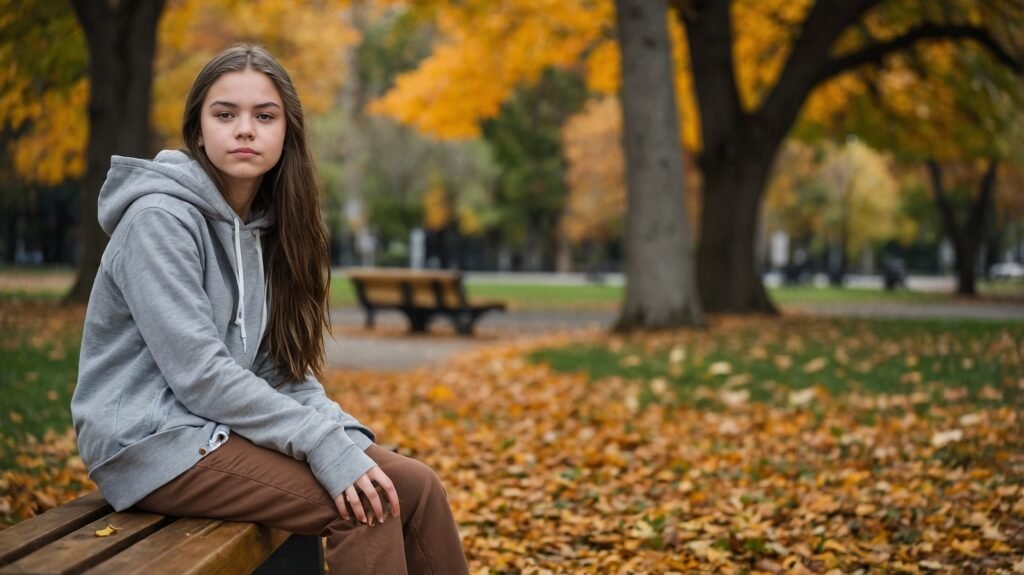
Frequently Asked Questions
What exactly are grays with brown undertones?
Grays with brown undertones are colors that blend the coolness of gray with the warmth of brown. They’re often described as “greige” (a mix of gray and beige) or “driftwood” colors. These hues can range from light, almost off-white shades to deep, rich tones, but all have a subtle warmth that pure grays lack.
How do I choose the right gray-brown for my space?
Choosing the right shade depends on several factors, including the lighting in your space, the other colors you’re working with, and the mood you want to create. Consider testing several samples in your space and observing them at different times of day. Remember that these colors can look quite different under various lighting conditions.
Can gray-brown colors work in small spaces?
Absolutely! Light to medium gray-brown tones can actually make a small space feel larger and more open. These colors reflect light well without being as stark as pure white, creating a sense of airiness and depth. Just be careful with very dark shades in small spaces, as they can sometimes make a room feel smaller.
How do I incorporate gray-brown tones in a colorful room?
Gray-brown tones can serve as an excellent neutral backdrop for more vibrant colors. They can help ground a colorful scheme and prevent it from feeling overwhelming. Try using gray-brown for larger elements like walls or furniture, then add pops of color through accessories, artwork, or accent pieces.

Are gray-brown colors suitable for all design styles?
One of the great things about gray-brown tones is their versatility. They can work in almost any design style, from ultra-modern to rustic traditional. In contemporary spaces, they can add warmth and softness. In more traditional settings, they can bring a touch of modern sophistication.
How do gray-brown colors affect mood?
Generally, gray-brown tones are considered calming and grounding. They can create a sense of stability and connection to nature. Lighter shades tend to feel airy and relaxing, while deeper tones can feel cozy and intimate. The specific mood will depend on the exact shade and how it’s used in the space.
Can I use gray-brown colors in a north-facing room?
Yes, but choose carefully. North-facing rooms tend to receive cooler light, which can make some gray-browns appear dull. Opt for warmer gray-browns with more prominent brown undertones to counteract this effect. You might also consider using these colors on an accent wall rather than the entire room.
How do I maintain the look of gray-brown painted walls?
Like any painted surface, walls in gray-brown tones should be cleaned regularly with a soft, damp cloth to remove dust and minor marks. For more stubborn stains, use a mild soap solution. Be gentle to avoid wearing away the paint. If you need to touch up the paint, make sure to keep a record of the exact color used for easy matching in the future.
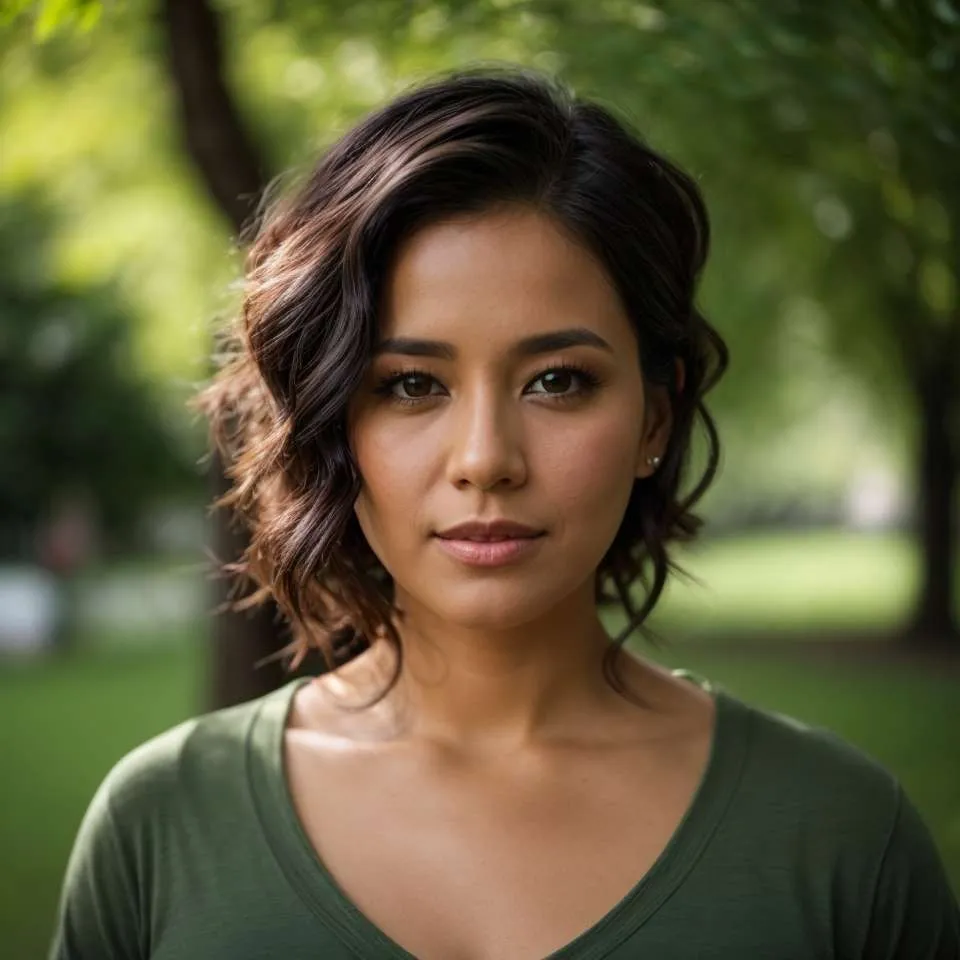
Joanna Perez, with a degree in Creative Writing, excels in recommending distinctive clothing color mixes and trends that deeply connect with readers. She simplifies the often daunting task of color selection, making fashion decisions more personalized and impactful. Her passion for vibrant color palettes and the stories they tell makes her an indispensable voice in the fashion community.
Reviewed By: Marcella Raskin and Anna West
Edited By: Lenny Terra
Fact Checked By: Sam Goldman
Photos Taken or Curated By: Matthew Mansour
